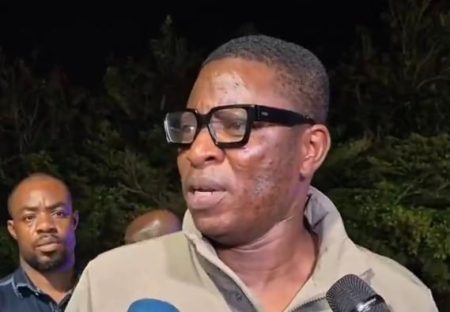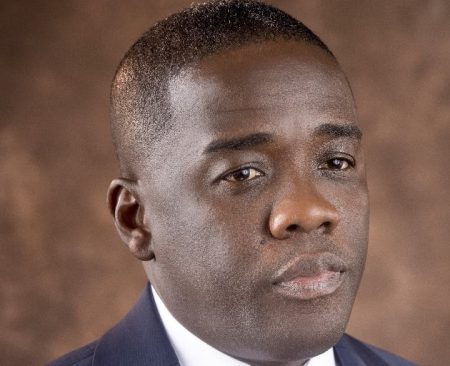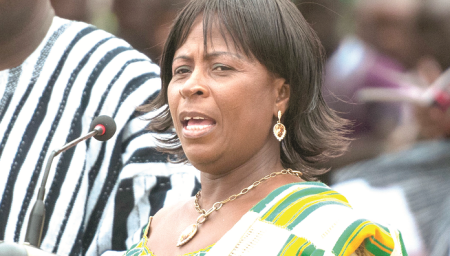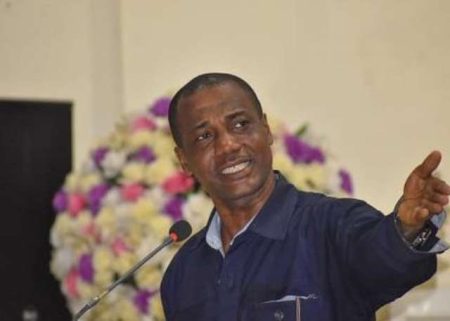This incident, the murder of Issahaku Ansu, a 16-year-old boy at an illegal mining site in Amasu, Dormaa Central Municipality, underscores the complex and often dangerous realities of illegal mining, particularly its impact on vulnerable populations like children. Illegal mining, often driven by poverty and lack of opportunity, attracts individuals, including minors, into hazardous working conditions with minimal oversight and protection. These unregulated environments become breeding grounds for violence, exploitation, and crime, exemplified by this tragic event. The lack of security and the presence of armed individuals vying for control or resources create a volatile atmosphere where disputes can quickly escalate into deadly confrontations, as evidenced by Ansu’s fatal shooting.
The police response, though prompt, highlights the challenges faced in investigating crimes within these clandestine operations. The remoteness of illegal mining sites, coupled with the fear and reluctance of witnesses to cooperate due to potential reprisals, often hampers effective investigations. The swiftness with which the assailants fled the scene after the shooting, leaving few immediate traces, further complicates the process of identifying and apprehending those responsible. The recovery of the victim’s body, marked by multiple gunshot wounds, and the presumed firing location from nearby bushes suggest a pre-meditated attack, possibly related to disputes over mining territories, theft, or other internal conflicts within the illegal mining operation.
The fact that a 16-year-old was working at an illegal mining site raises significant concerns about child labor and exploitation within this illicit industry. Children are often forced or coerced into these dangerous roles due to economic hardship, family pressure, or deceptive recruitment practices. They are particularly vulnerable to exploitation due to their lack of awareness of their rights, limited physical strength, and susceptibility to intimidation. Their involvement in such activities deprives them of education, jeopardizes their health and safety, and perpetuates a cycle of poverty and vulnerability.
The incident also exposes the broader societal issues that contribute to the persistence of illegal mining. Factors such as poverty, unemployment, lack of access to education and alternative livelihood opportunities, and weak governance create an environment where illegal mining can thrive. The lure of quick riches, even at great risk, attracts individuals desperate for economic survival, while corrupt practices and inadequate law enforcement enable these illegal operations to continue unchecked. Addressing the root causes of illegal mining, such as creating sustainable economic opportunities and strengthening regulatory frameworks, is crucial to preventing future tragedies like the death of Issahaku Ansu.
The police investigation into Ansu’s murder faces significant obstacles. Gathering reliable evidence and securing witness testimonies within a climate of fear and distrust will be challenging. The transient nature of the illegal mining workforce, with individuals frequently moving between different sites, further complicates the process of tracking down suspects. However, the police commitment to pursuing the perpetrators and bringing them to justice is essential not only for ensuring accountability in this specific case but also for sending a strong message that such acts of violence will not be tolerated. Effective collaboration with community members, including traditional leaders and local organizations, will be crucial in overcoming these challenges and building trust to facilitate the investigation.
The tragic death of Issahaku Ansu serves as a stark reminder of the human cost of illegal mining. It underscores the urgent need for a multi-pronged approach to address this complex issue, encompassing law enforcement efforts to combat illegal activities, social interventions to provide alternative livelihood opportunities and address poverty, and educational programs to raise awareness about the dangers and consequences of child labor and exploitation. Ultimately, a concerted effort by government, civil society organizations, and communities is required to create a safer and more sustainable future for vulnerable populations like Issahaku Ansu, preventing them from falling victim to the perils of illegal mining.














